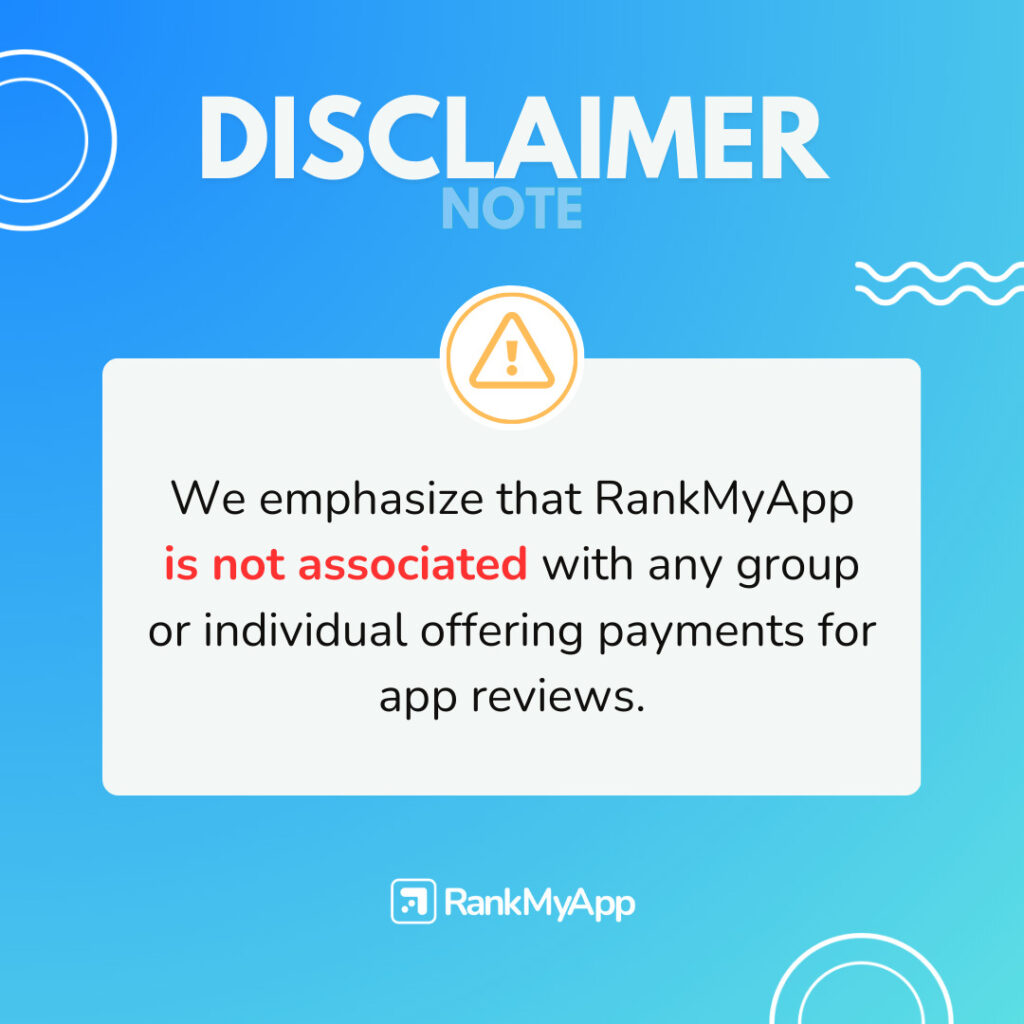It is widely known that if you are aiming to increase your app’s performance, it is a must to collect data through mobile app analytics to you achieve that goal.
The best way to know if your app is succeeding or not is to analyze if the applied strategies generate demand and income, and this can all be done with numbers and percentages through KPIs.
Let’s understand a bit better how these indicators can help your app to be top ranked.
Define your objectives
Before we continue this article, it is always important that you keep in mind that setting up your company’s goals is the number one thing that has to be done when planning a mobile marketing strategy.
There is no right or wrong answer for that because it will depend mainly on what you want for your app.
Let’s assume your app is a mobile game. What would be its goals then? Probably, have a strong user base in order to increase revenue.
If you’ve got an e-commerce app, goals can vary a lot. But, usually, generating traffic and strengthening brand awareness are the main goals.
What to know about mobile KPIs
After developing an app that is visually appealing, with features that satisfy users’ needs, it is time to measure results through app analytics. So what you expect the most is that it generates demand, gets views, conversions and also that users make purchases in-app.
And when your app starts running on app stores, tracking your revenue through KPIs and metrics is critical to measuring your progress and achieving success, always going towards your objectives.
The 3 most relevant examples of KPIs
We highly recommend you to pick some key performance indicators that are going to be relevant to your app, such as how many people visit your app page on app stores, the number of installs, what sort of feedback you’ve been getting and so on.
1 – Engagement
Among the metrics for mobile apps, engagement is a great indicator to evaluate your consumer.
Some numbers should be noted in this regard, such as the average time users spend on your app, tools that build a heat map – analyzing which tabs of the site/web are most accessed – and the number of page visitors.
2 – User Experience
The user experience is usually calculated on a scale. From 0 to 10, how much do users recommend your app to friends or family members? Some results may already give us a hint:
- Grades from 0 to 6: these users haven’t had a good experience, and are categorized as detractors;
- Grades between 7 and 8: neutral users, could consider their experience as good or reasonable,
- Grades between 9 and 10: consumers with a lot of potential to be engaged users who had an excellent experience with your service.
3 – Different Audiences
You can use mobile analytics tools to see how different segments of users act and behave in-app.
When using this sort of tools, it is possible to access some predefined audiences like “all users”, which are the ones who have downloaded your application and “purchasers”, the ones who have already made at least one purchase in-app.
It is also possible to create new audiences in order to collect more specific data and micro-target users.
We suggest that you create a conversion audience, so it enables you to track the most valuable users of your app.
In the end, it is a must to analyze all the results using specific metrics. The idea is to gather all data and make improvements.
What is functional? What is not? Adapt to your consumer, re-evaluate the content and service provided, and be sure to use KPIs to compare your performance.
Learn more about how ASO metrics work and improve results with RankMyApp. If you would like to talk to an expert from our team, let us know.




